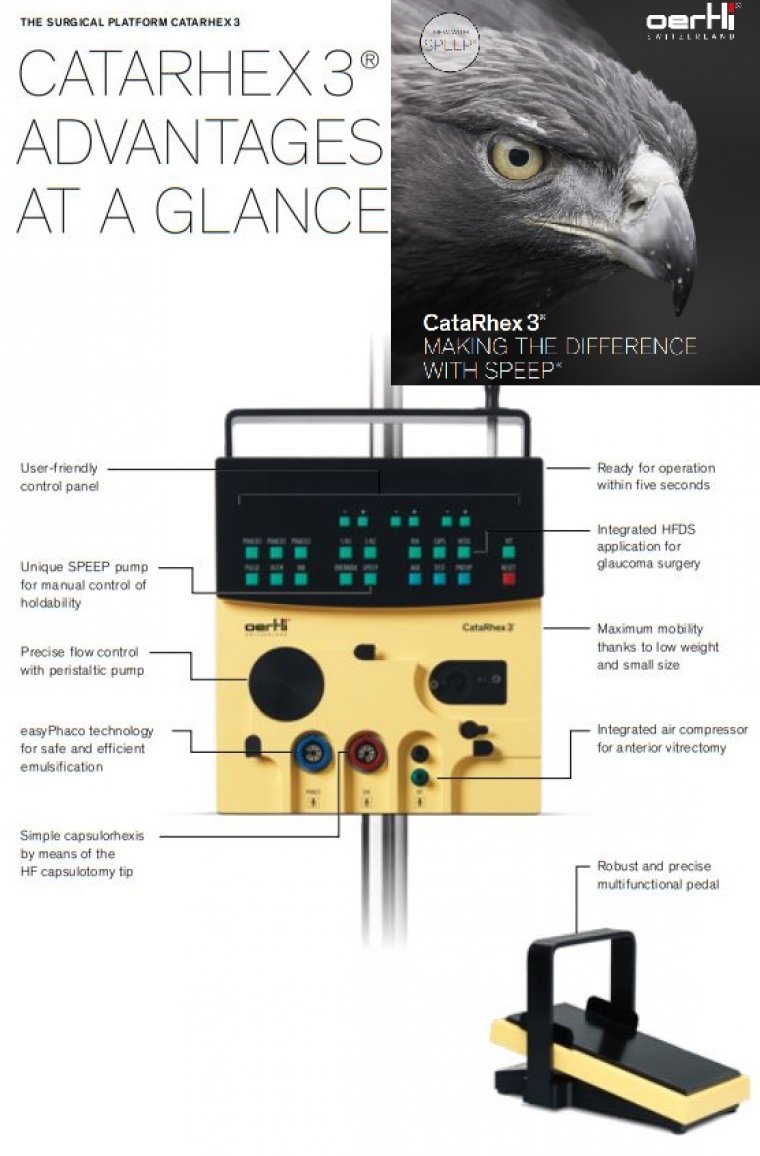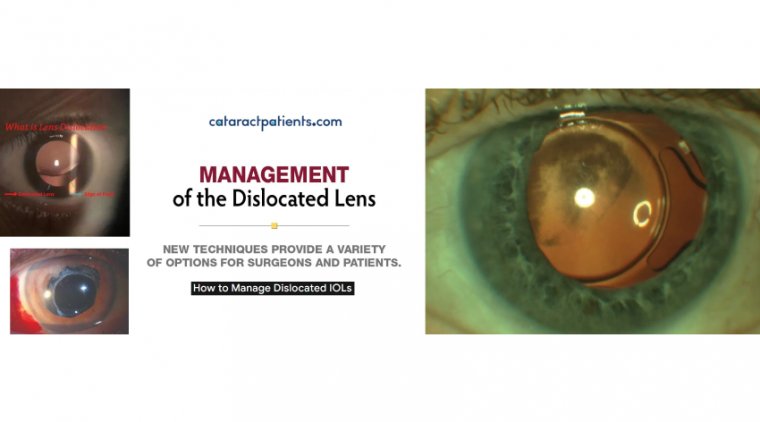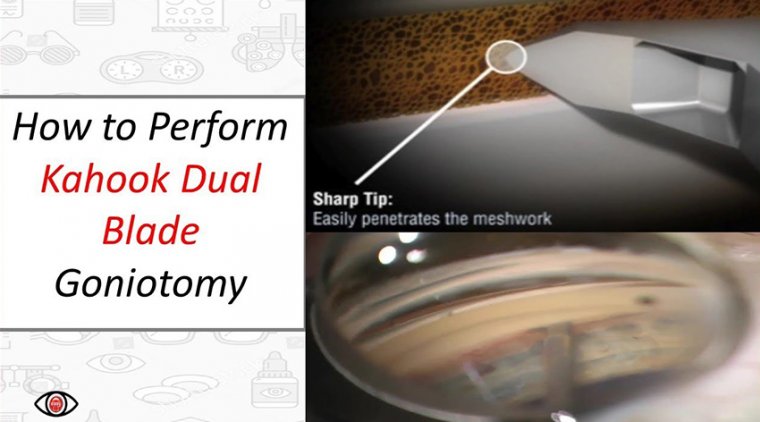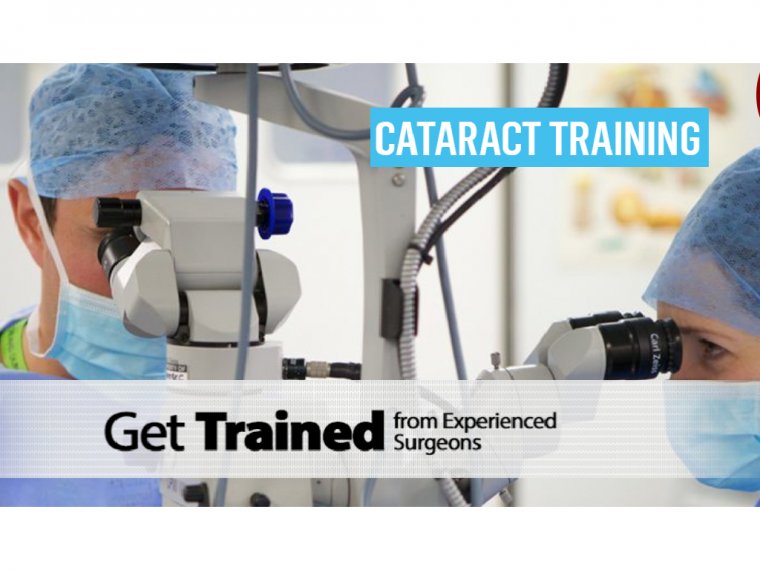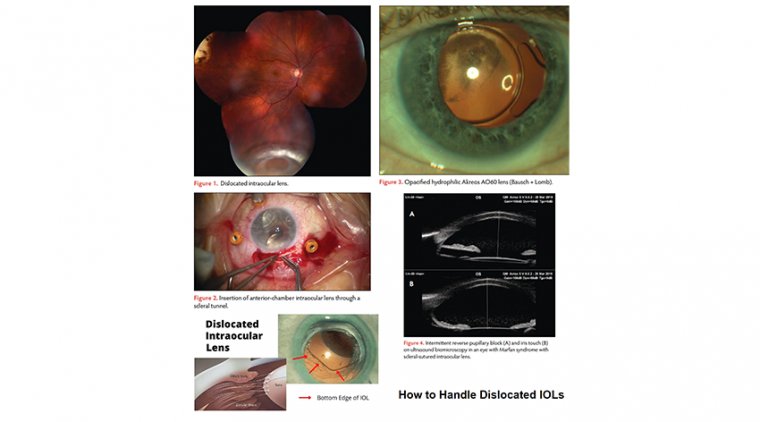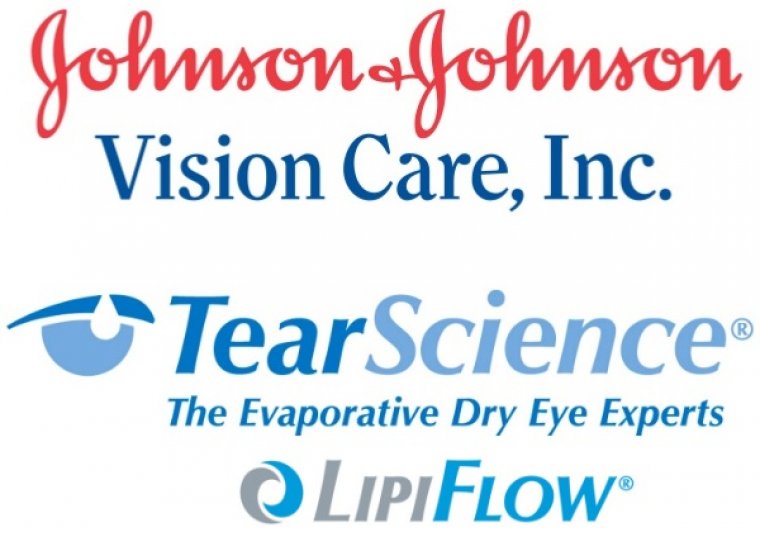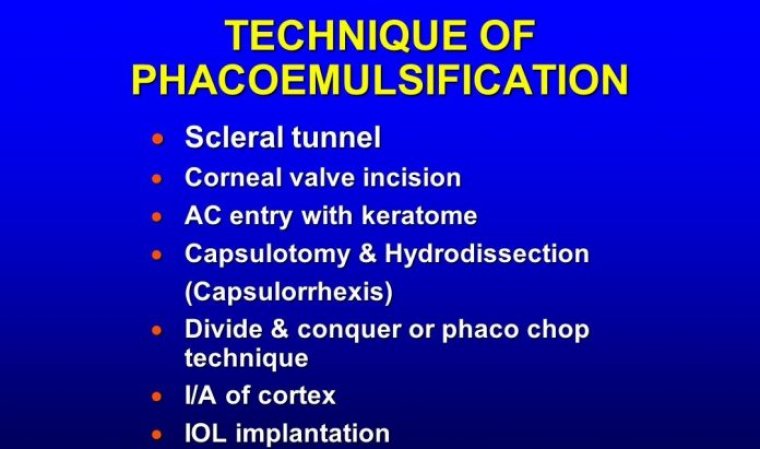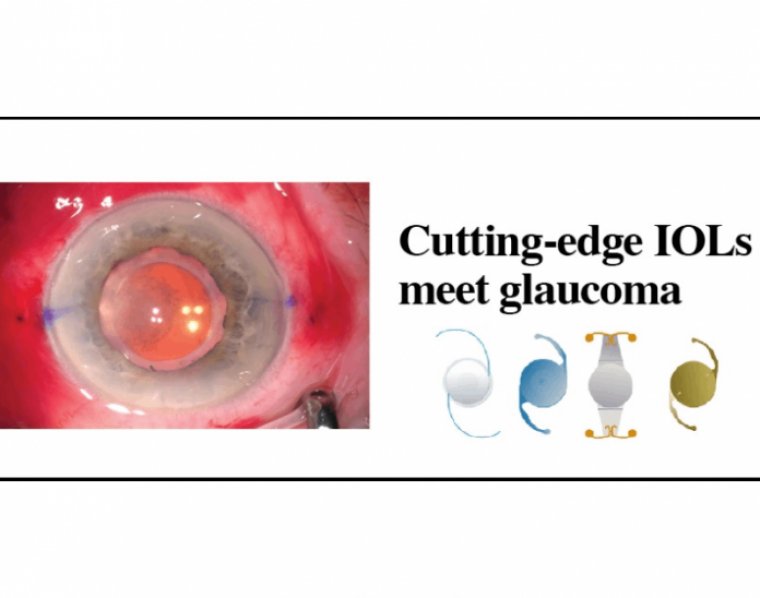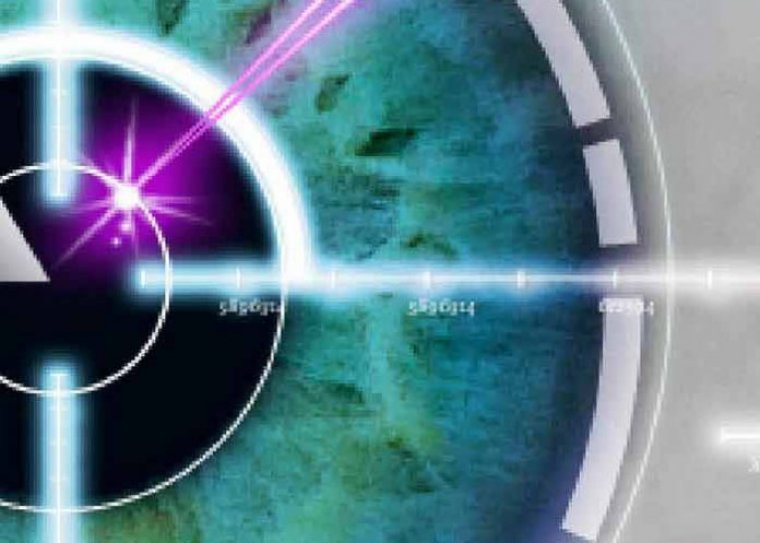
Latest Refractive Technology
With cataract surgery regarded as the most widely performed surgical procedure, a demand exists for continued innovation and technology.
The latest advances evolved through application of well-defined principles to current surgical goals and patient expectations.
Technology in cataract surgery is constantly evolving to meet the goals of both surgeons and patients.
Recent major advances in refractive cataract surgery include innovations in preoperative and intraoperative diagnostics, femtosecond laser-assisted cataract surgery (FLACS), and a new generation of intraocular lenses (IOLs).
As the worldwide pandemic starts to subside, we have witnessed an increase in refractive surgery volume. On a personal level, our practice had an unexpected surge in corneal refractive surgery throughout the coronavirus pandemic.
We experienced a better 2020 refractive surgical volume than previous years, even though we were effectively dark for more than 6 consecutive weeks. Furthermore, it appears that 2021 is continuing along these lines.
Our practice was not alone, as the American Refractive Surgery Council reported there has been more than 20% growth in quarterly refractive procedure as measured from Q4 2019 to Q4 2020. We have seen continued growth in 2021 as Q1 volumes are up more than 30% from Q1 2020 pre-pandemic volumes.
It can be hard to predict and foresee what market forces will allow for change in refractive surgery volume. The pandemic hurt many service-based industries (like restaurants, hotels and airlines). However, the pandemic helped other industries grow; thankfully, refractive surgery was one of those beneficiaries.
CLEARING THE HURDLES
Traditionally, there are two main hurdles for patients to surpass when considering refractive surgery: fear and finances. In regard to financial considerations, the pandemic likely allowed refractive surgery to be reconsidered.
Because many discretionary expense patterns changed, individuals had newfound disposable income to invest — many had vacations canceled, summer camps canceled, restaurant dining expenses ceased, shopping patterns changed.
All of this allowed patients to shift their spending patterns and, with finances now freed up, many turned to refractive surgery. Financial governmental stimulus also provided disposable income to spenders, which was found to cover a significant portion of the cost of laser eye surgery.
In regard to fear being a hurdle, perhaps the perception of fear may also have changed as the relative risk of LASIK may be minimized when put in perspective to risks from the global COVID-19 pandemic.
Another hurdle we often observe with refractive surgery is finding time to recover following the surgical procedure. Often the most motivated patients, eager for the benefits of spectacle independence, have the busiest lifestyles.
This is evident by the cyclical trend seen when many patients have surgery in the winter when weekends are less busy than during the summer. With the global pandemic, we functionally entered a perpetual winter weekend that began in March 2020.
With many businesses physically shut down and employees working from home, individuals had additional time on their hands, allowing them to schedule refractive surgery without worry of the healing time interfering with a previously busy lifestyle.
NEW PERSPECTIVES
New factors also emerged during the pandemic to help drive refractive surgery. Many living in quarantine gained a new desire to become less dependent on eyeglasses and contact lenses; as society began wearing masks for almost all social activities, it became clear that eyeglasses were a hinderance to functional day-to-day living.
Lens fogging became a real problem for most spectacle wearers, which gave a new reason to consider alternatives.
Traditionally, contact lenses would often be a go-to alternative, but the awareness of microbes and how disease is transmitted gave individuals new considerations in the potential risks of contact lenses.
Another motivating factor was greater awareness of personal appearance, as video conference calling became a norm of social and business interaction. Now on a daily basis, individuals were “watching” themselves in a mirror image as they talked to friends and colleagues.
This drove many to consider self-improvement with cosmetic surgery, and, along those lines, eliminating spectacles secondary to appearance reasons was escalated. A final motivating factor has been patient’s re-consideration of priorities.
As our own mortality has come into focus, consideration of what is important has driven many patients to seek self-improvement or lifestyle enhancement.
The investment in LASIK lasts a lifetime and results in a product that is used every waking moment of every day. This new priority for personal gain allows for LASIK to be a near perfect individual investment.
INCREASE IN SMILE
Other pandemic observations include new technologies acting as a catalyst in times of growth. For example, we have seen the percentage of SMILE patients increase and gain market share over our LASIK offerings.
Prior to the pandemic, our percentage of SMILE cases was around 20% of our total refractive surgery volume. Currently, we are seeing more than 70% of our refractive patients choose SMILE. SMILE has gained popularity within our practices as it offers a new risk-benefit profile that is appealing to patients.
We have witnessed less dry eye with SMILE patients and the elimination of flap-based complications. With dry eye surging with mask wearing and an undercurrent of anxiety from the pandemic, SMILE may provide a fresh and appealing consideration for the refractive surgery buyer.
A review of the industry refractive surgery report shows that for Q1 2021, total refractive procedure growth is outpacing “flap-based” refractive surgery; this may be an indication that SMILE is partly responsible for growth of the total refractive surgery market.
UPCOMING PRODUCTS
With the current refractive surgery boom, we may see other catalytic products help further fuel the market. Soon, we will see presbyopia-correcting eyedrops to help free patients from reading glasses.
As patients begin venturing out to restaurants and other situations requiring low-light reading, we are hopeful that presbyopia correcting drops will bring a welcome relief to straining eyes attempting to see near targets.
We are hopeful that the new eyedrops will also help our LASIK market, as we have seen many patients refrain from LASIK surgery, thinking “If I am going to have to wear reading glasses anyway, why invest in LASIK?” Presbyopic eyedrops will help bolster the value proposition that LASIK provides.
Beyond LASIK, presbyopia-correcting drops may allow for a stepping stone to other current and future surgical options such as presbyopiacorrecting IOLs.
In particular, the IC-8 aperture optic IOL by Acufocus will allow for pinhole vision, bringing depth of focus similar to the myotic pupil. As patients enjoy added near vision from drops, they may tire of the inconvenience of the therapy and thus seek a more permanent surgical solution.
Market forces with new and current technologies allow for opportunity. As eye-care providers, it will be our job to react and provide needed solutions that meet the market demand. Such that trends will wax and wane, it will be our job to react to these changes.
In reflecting over the past 15 months, we should understand how the extreme circumstances of the pandemic drove patients to have surgery. We should take advantage of these motivating forces and apply them to less extreme situations, to provide better assurance to the patients considering these procedures.
Finally, we should be prepared to adapt and step in when new technology allows for synergies to help bolster current and emerging growth.


